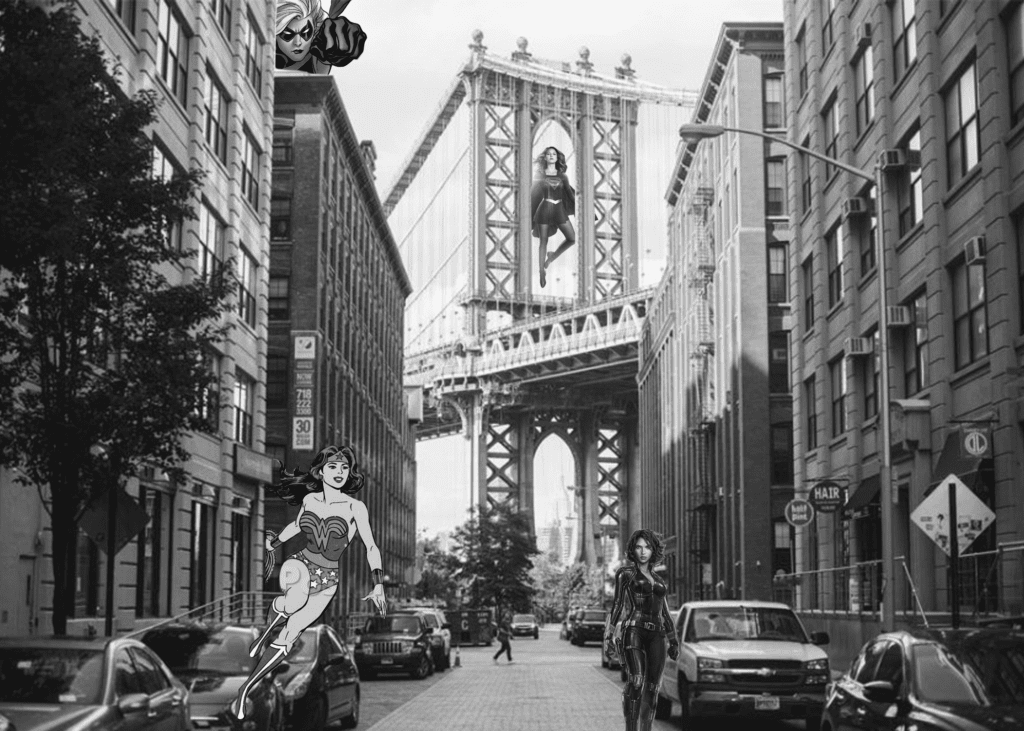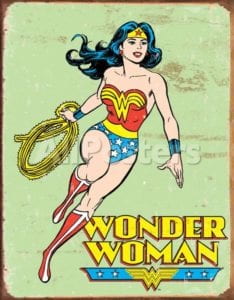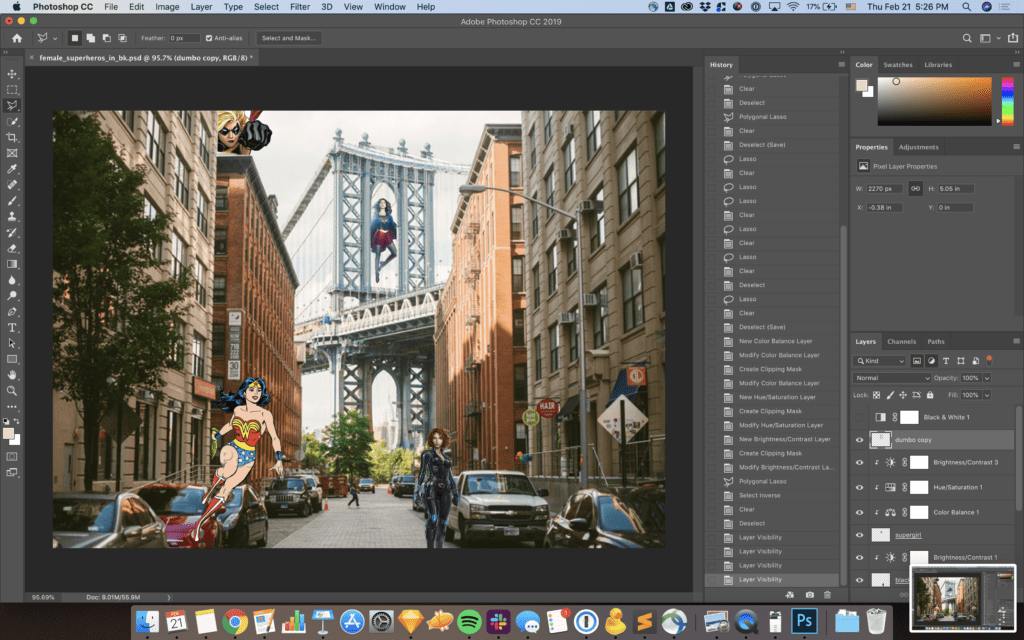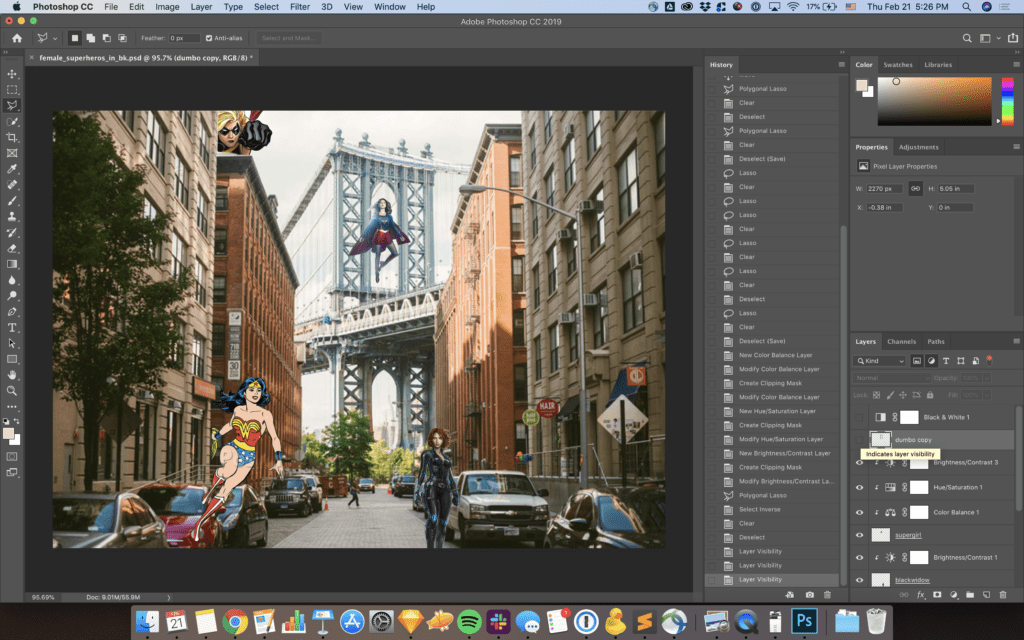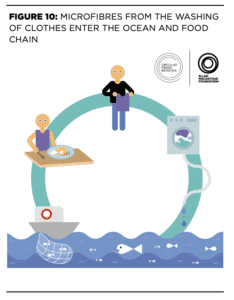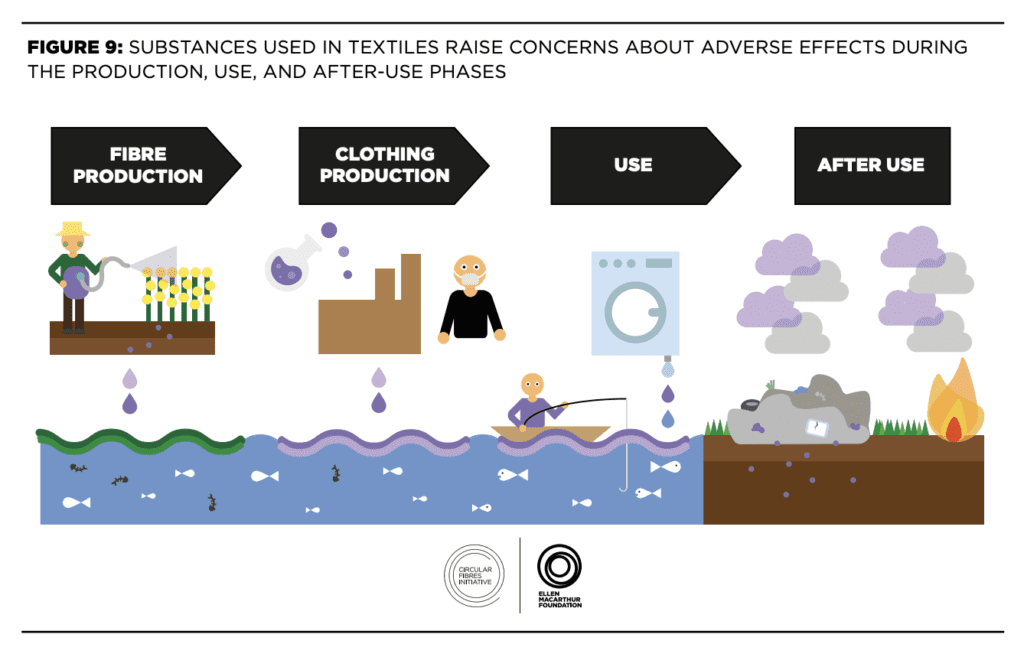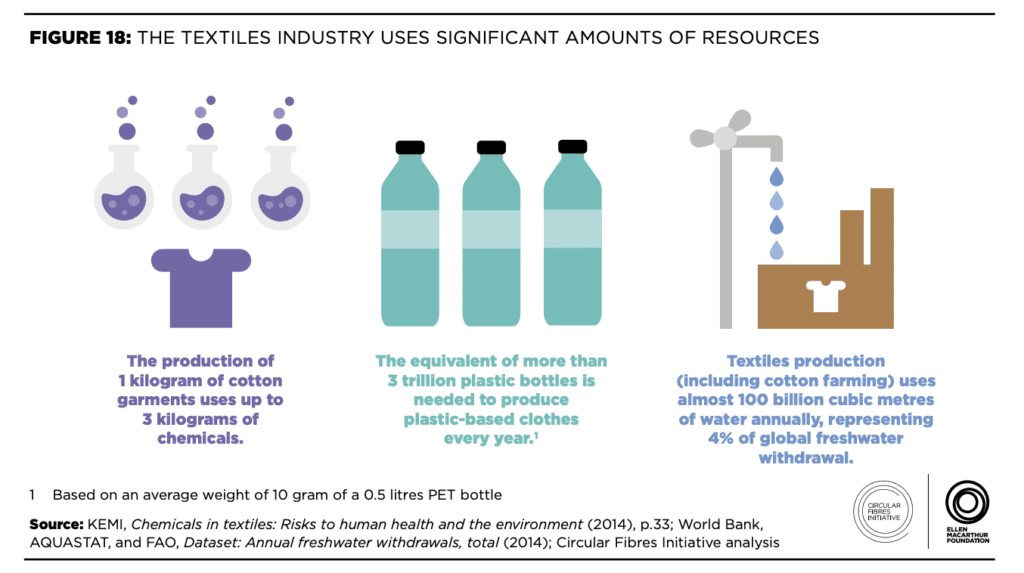As I was reading “The Medium is the Message”, I found myself both disagreeing and agreeing with McLuhan’s argument. Of course, the medium through which we know something affects the knowing itself. For example, if I read the news through my phone on The Economist app which features a sponsored ad, then I am going to have a different experience from if I were to learn about this news through a radio broadcast or from a tweet.
I related most to the part when McLuhan quoted General David Sarnoff:
“We are too prone to make technological instruments the scapegoats for the sins of those who wield them. The products of modern science are not in themselves good or bad; it is the way they are used that determines their value.” (pg. 154)
Mediums — physical tools or digital platforms — merely enable us to execute upon our desires and plans. Our motivations will always rule our behavior, but we might not always act upon those motivations until we are empowered to execute upon them in a comfortable and conceivable way. Products are not created good or bad. They may have been created with certain good or bad intentions (consider the hooked model or the topic of ethical design), but it is only when a human decides to create something and when another decides to interact with that thing that the product then produces an effect (harmful or beneficial) upon others.
I was also particularly struck by the quote from psychologist C.G. Jung:
” […] Because living constantly in the atmosphere of slaves, [the roman] became infected through the unconscious with their psychology. No one can shield himself from such an influence.” (pg. 161)
I do not necessarily agree with the statement that you cannot shield yourself from influences around you. An atmosphere can be contagious, yes, but if you are mindful, empathetic, and observant, then I believe you have the power to alter the perceptiveness of your mind. Allowing yourself to become “infected” by an atmosphere is an act of complacency. Without intentional thought or mindful reflection, this becomes an unconscious choice (or lack thereof). However, if individuals simply questioned choices, actions, feelings, and thoughts more often, then they might begin to accomplish a higher form of actualization.
